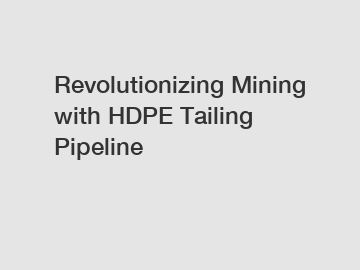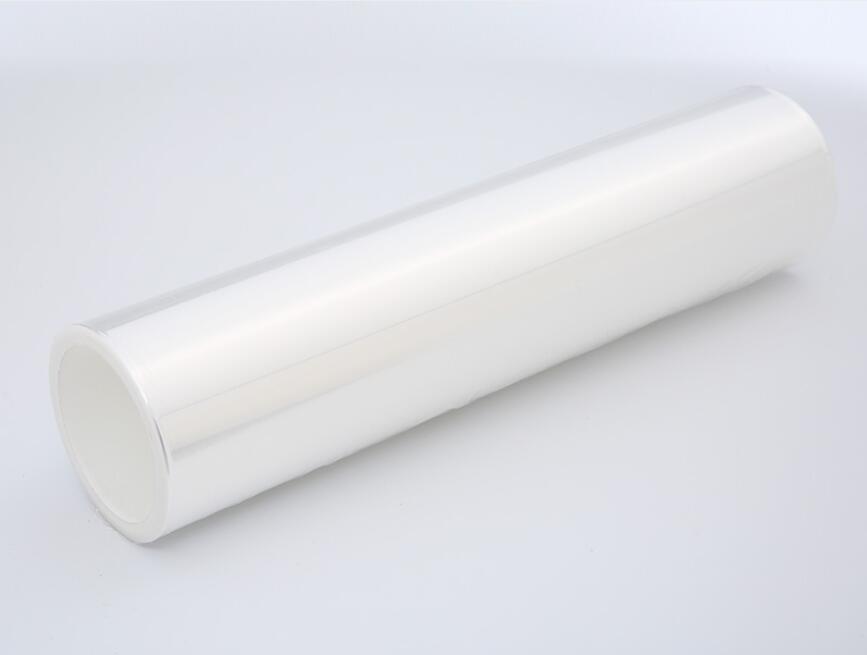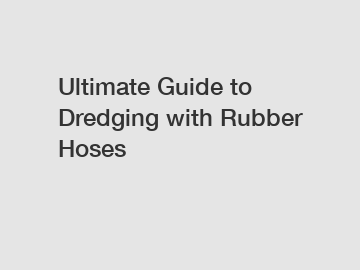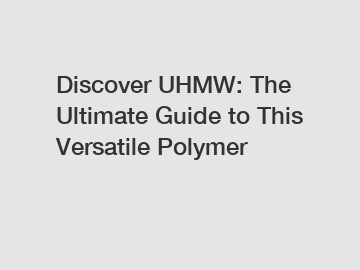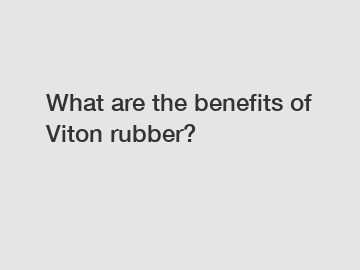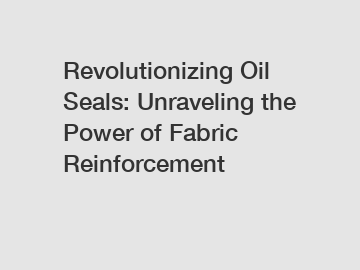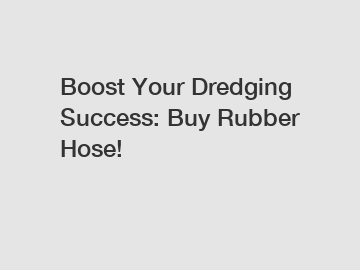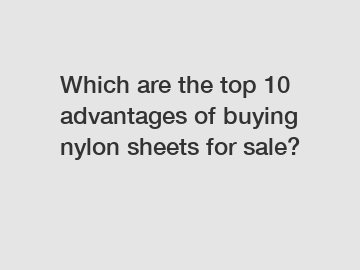Food for Thought: Aquaculture and Marine Aids to Navigation
Food for Thought: Aquaculture and Marine Aids to Navigation
For decades, fish consumption has risen by 3% annually across the globe as people swap meat for a healthier, more environmentally friendly protein source.
Click here to get more.
Fish consumption will continue rising as organizations look towards the 'blue economy': the sustainable use of ocean resources for economic growth and promotion of 'blue food''all edible fish, aquatic plants, mussels, and algae'to improve the food industry's environmental impact.
Thanks to this growing demand for sustainable fish farming, the aquaculture industry has experienced healthy growth since , and 52% of the seafood we consume is now produced via aquaculture installations.
However, there are some concerns with cultivating nearshore aquaculture projects that must be considered if the industry is to continue playing such a pivotal role in our food future.
Challenges of Nearshore Aquaculture
The vast majority of today's aquaculture installations have been situated nearshore, where it is most convenient to maintain infrastructures and harvest fish.
But this is by no means the best place to farm.
Nearshore aquaculture has damaged coastal ecosystems. For example, the manmade ponds installed along coastlines to raise shrimp have devastated important mangrove forests in places like China and India. These forests are crucial for biodiversity conservation and climate regulation, so they must be protected.
The limited space available for nearshore aquaculture installations also means cages must be small, necessitating highly dense fish populations where disease runs rampant. As a result, parasites like sea lice can spill into natural ecosystems along with the drugs used to remove them. When such substances settle on the seafloor, a common occurrence in shallow waters, there is further ecosystem damage.
Small cages may also increase the chances of interbreeding. As farmed fish escape cramped spaces and integrate with nearby wild fish populations, unwanted genes can be added to the mix'interfering with the recovery of species with declining populations, such as wild salmon.
Moreover, coastal development programs have interfered with aquaculture farmers' ability to find available ocean space near the shore, resulting in potential user conflict. Although marker buoys can significantly increase safety through clear indications of usage, restrictions and hazards, suitable space is becoming harder and harder to come by.
The solution?
Moving these aquaculture projects offshore where there is more room for bigger cages. Waves and wind also contribute to improved oxygen levels at sea, leading to better quality water and healthier fish.
Still, offshore aquaculture comes with its own considerations, like the difficulty of monitoring in hard-to-reach locations and the planning required to ensure safe journeys amidst harsh weather conditions out at sea'
Offshore Aquaculture and Marine Aids to Navigation
Unlike conventional farms with fences and roads to guide pedestrians and drivers, aquaculture sites require highly specialized and robust perimeter marking and signaling technology for vessels operating around the clock in their vicinity.
Marine aids to navigation (AtoN) are essential to maximize visibility and ensure ships steer clear of hazardous aquaculture sites, avoiding costly damage to cages and nets.
Data-driven AtoN, in particular, are key to safe and efficient offshore aquaculture, as they can transmit key information about the conditions at sea to users on land ' meaning no wasted or unsafe trips when weather and sea conditions are less than ideal.
However, these buoys can cost upwards of £70,000 and traditionally use disposable batteries, which is less than ideal for fisheries.
Small-Scale Fish Farming
Aquanode. (Image credit: Hydrosphere)
The AquaNode, on the other hand, is an excellent, low-cost option for all types of offshore aquaculture.
This small, lightweight wave data sensor solution has low power consumption and can be retrofitted to new or existing buoy platforms. The sensor collects accurate ocean data, such as wave height and temperature, in near real-time, which can then be used to set alerts and generate automated messages ' guiding the everyday 'go' or 'no-go' decisions made by workers on fish farms.
Aquaculture Research
Mobilis Buoy DB . (Image credit: Hydrosphere)
Explore more:Long term outcome and elasticity of a polyester mesh used ...
Key Questions to Ask When Choosing Sustainable Fabric for Fashion
Key Questions to Ask When Choosing 200 GSM Organic Cotton Fabric
Belt filter presses for sludge dewatering
How to choose the right diameter of hydraulic hose: ID & OD
How Continuous Belt Filters Revolutionize Industrial Efficiency?
Top Benefits of Continuous Belt Filters: Buy Yours Today!
HUAZHONG are exported all over the world and different industries with quality first. Our belief is to provide our customers with more and better high value-added products. Let's create a better future together.
Aquaculture research in large-scale marine laboratories can also benefit from data buoys, such as the Mobilis DB . This large data buoy can withstand particularly tough conditions, including temperatures as low as minus 30 degrees and features an onboard fuel cell, which provides an uninterrupted, self-generating energy supply.
This data buoy also boasts a 'smart' winch and four moon pools, which allow instruments to be lowered to depths of up to 55 m without risk to the equipment.
Hydrosphere recently worked with Mobilis to deliver the DB as part of a project for SINTEF, one of Europe's largest independent research organizations, and the OceanLab Marine Observatory in Norway.
At the Forefront of Aquaculture Infrastructure
Aquaculture is a vital and rapidly growing industry, which will be crucial to meeting future demand for seafood. Earlier this year, Hydrosphere was proud to exhibit at Aquaculture UK' the most significant aquaculture event in the UK and a leading showcase for the sector.
Hydrosphere has been at the forefront of critical aquaculture infrastructure technology for almost 30 years, providing innovative solutions and cost-effective marine aids to navigation.
We design, build, install and maintain bespoke systems for customers and marine industry authorities, offering a range of reliable and durable navigation buoys of various sizes which can be coupled with solar or battery-powered lighting solutions.
Federal Aids to Navigation - Homeport - Coast Guard
Page Content
'Federal Aids to Navigation (ATON) are any marine aid to navigation installed and maintained by the U.S. Coast Guard. ATON includes lighted and unlighted buoys, lighted and unlighted fixed structures such as day beacons and lights, ranges and lighthouses.
Federal Aids to Navigation Service Standards:
The U.S. Coast Guard provides navigational positioning signals and buoys/aids that mark channels and harbors. Our customers can expect that we will:
- Provide LORAN Navigation (DECOMMISIONED)
- Provide precise Differential Global Positioning (DGPS) & Global Positioning System (GPS) Navigation signal availability of greater than 99.7% of the time.
- Provide system of short range aids and buoys for U.S. coastal and harbor navigation, with individual aids providing their advertised characteristics 99.7% of the time.
If you have questions regarding a particular aid to navigation or waterway, click here and contact the 13th Coast Guard District WAMS Manager.
Federal Aid Assignment List:
The Federal Aid Assignment List (pdf)(100kb) is a list of all federally maintained marine aids to navigation (ATON) found within Washington, Oregon, Idaho and Montana. This list shows what Coast Guard field unit is primarily responsible for maintaining an ATON, what unit is considered secondary and in which Coast Guard Group/Sector area of responsibility each ATON is located.
Reporting Damaged or Malfunctioning Federal and Private Aids to Navigation:
Both federal and private marine aids to navigation are protected by law. Anyone found guilty of accidentally or willfully damaging a federal or private marine aid to navigation can be held liable for the cost of repairing or replacing such marine aid.
If you are aware of a federal or private marine aid to navigation that has been damaged and is in need of repair or replacement please contact the nearest U.S. Coast Guard office at one of the numbers listed below immediately. Please be prepared to supply the following information:
1.) The name of the marine aid to navigation if known.
2.) The Light List Number for the aid if known.
3.) The name of the waterway, mile mark if on a river, and name of the nearest known point of land or land mark.
4.) The number or letter on the aid and its color. (please give a brief description of the aid)
5.) What is wrong with the aid? (light not working or is missing, buoy is not where it belongs or is missing, structure is damaged or is missing)
If you know who damaged an aid and how it was damaged, please be prepared to supply the following information:
1.) The name of the person responsible for damaging the marine aid to navigation if known. (mailing address and/or number if known)
2.) If it was a vessel that struck the aid; what is the name of the vessel (make/model/color), what is the state registration or official document number?
3.) If it was a vehicle that struck the aid; what type of vehicle was it (make/model/color), what is the state license number?
4.) What was the date/time that the aid was damaged?
5.) How was the aid damaged? (struck by a vessel or vehicle, vandalized, damaged by an act of nature)
Federal ATON Damage Claim:
Coast Guard ATON units needing to submit a Federal ATON Damage Claim please contact the Federal ATON Damage Claim Manager.
Commander (dpw)
13th Coast Guard District
915 2nd Avenue, Room
Seattle, WA. -
Attn: ATON Manager
: (206) 220-
For more information, please visit Marine Aids to Navigation Solutions.
What does NBR mean in oil seal?
Is HDPE Gas Line the Revolutionary Solution for Environmentally-Friendly Energy Distribution?
What are the elements of Teflon?
Does HDPE pipe leach chemicals?
Which Innovative Materials Can Replace OEM UHMW-PE Fender Panels and Sills for Enhanced Vehicle Protection and Fuel Efficiency?
What is the process of making rubber sheets?
Buy TG Oil Seal: Expert Guide for a Leak-Free Solution!



